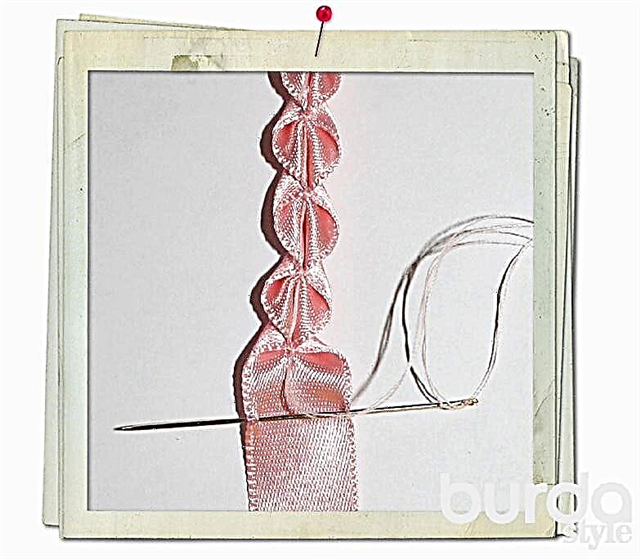A common movie story: robots crowd people out, replacing them in the workplace ... Yet many are sure: manual work is always worth the price and no robot can replace the "warmth of human hands." Is it so?

Analysts are seriously worried: sewing robots can leave hundreds of thousands of people without work. And if today even in a number of large cities such a prospect may seem exaggerated and fantastic, do not forget that the textile industry in the XVIII century was one of the first to fall under the wave of the industrial revolution. Then, an automatic spinning wheel and a loom (which are not the same "robots" of their era!) With a foot drive literally turned the world economy upside down.
Sewing machine: history of invention and evolution
Future today

Today, corporations are constantly improving automated sewing equipment. Just one robot from SoftWear Automation can replace an ordinary sewing line of 10 workers and produce about 1142 T-shirts in eight hours instead of 669, which could sew 10 tailors manually. If you recalculate this performance a little differently, it turns out that in an hour the robot performs work for 17 people.
It is reasonable to note why such robots have not replaced everyone at the sewing industry, but the whole point is in the shortcomings that they so far differ in. Such a robot can sew all the same T-shirts and partially jeans, but it can’t cope with soft fabrics that require special accuracy in work.
However, several years ago, an unexpected breakthrough occurred in the sewing robot market.
The history of the mannequin: from a wooden idol to an art object
Handwork from the robot.

The inventor Jonathan Zornou set out to solve the main problem: the robot does not know how to hold and lay out fabrics, as a person can do, because when sewing soft material is crushed, and the robot cannot analyze such errors.
The solution turned out to be extremely simple - if it is still impossible to improve robots, you can change the fabric itself. Moreover, we are not talking about new types of fabrics that are not very common in everyday life, but about the most ordinary ones. The material is simply coated with a special water-soluble polymer that solidifies, making the fabric hard. Since the material ceases to wrinkle and stretch, the robot easily sews parts and processes edges, and after completion of work, it is enough to lower the finished product into hot water to dissolve the coating without a trace.
Here's a demo of this process:
So far, the creations of such a robot are far from perfect, it is still impossible to imagine that such a machine could sew a couture dress in which any star wants to walk along the red carpet.In addition, as we well know, high fashion is based on the manual work of the most talented professionals in their field, and automation is fundamentally contrary to the spirit of haute couture. But high fashion is far from the whole sewing world, and, firstly, work on the robot continues, and secondly, today it seriously threatens primarily Asian markets, in which the most diverse, including simple I cut products, and not always of decent quality.

The history of fashion shows and Fashion Weeks: from private shows to grand shows
According to experts, a qualitative improvement of such robots is not far off, and in addition, in the future, such machines will also have artificial intelligence, self-learning and accumulating experience and knowledge. And who knows, perhaps the future is really closer than we think.
Photo: Tech Xplore



